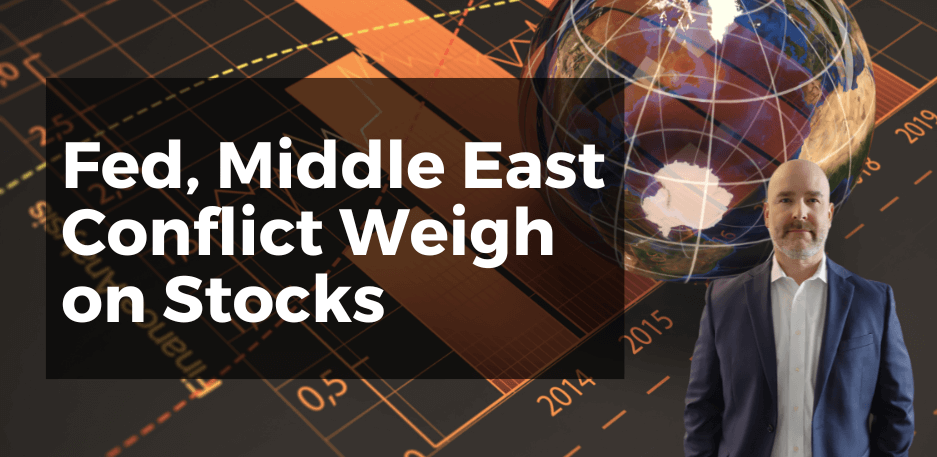- May 10, 2017
- Mike Minter

I am certainly guilty of making the statement, “the market hates uncertainty.” It’s a pretty common saying in the investing lexicon. But how logical is it? There are many different aspects to uncertainty, some that can be measured and some that cannot.
“Doubt is not a pleasant condition, but certainty is an absurd one.” – Voltaire
Uncertainty is an unchangeable condition of existence. As individuals, we can feel more or less uncertain, but that is a distinctly human phenomenon. Rather than ebbing and flowing with investor sentiment, uncertainty is an inherent and ever-present part of investing in markets. Any investment that has an expected return above the “risk-free rate” (think T-Bills) involves trading off certainty for a potentially increased return.
Consider this concept through the lens of stocks vs. bonds. Stocks have higher expected returns than bonds largely because there is more uncertainty about the future state of the world for equity investors than bond investors. Bonds, for the most part, have fixed coupon payments and a maturity date at which principal is expected to be repaid. Stocks have neither. Bonds also sit higher in a company’s capital structure. In the event a firm goes bust, bondholders get paid before stockholders.
So, do investors avoid stocks in favor of bonds as a result of this increased uncertainty? Quite the contrary, many investors end up allocating capital to stocks due to their higher expected return. In the end, many investors are often willing to make the trade-off of bearing some increased uncertainty for potentially higher returns.
MANAGING EMOTIONS
The statement, “the market hates uncertainty” attempts to humanize the market by attributing the very real nervousness and fear felt by some investors when volatility increases. It is recognition of the fact that when markets go up and down, many investors struggle to separate their emotions from their investments. It ultimately tells us that for many investors, regardless of whether markets are reaching new highs or declining, changes in market prices can be a source of anxiety. During these periods, it may not feel like a good time to invest.
Only with the benefit of hindsight do we feel as if we know whether any time period was a good one to be invested. Unfortunately for us, hindsight is 20/20 while the future will forever remain uncertain.
SITTING STILL
In a recent interview, David Booth (founder of Dimensional Fund Advisors) was asked what it means to be a long-term investor:
“People often ask the question, ‘How long do I have to wait for an investment strategy to pay off? How long do I have to wait so I’m confident that stocks will have a higher return than money market funds, or have a positive return?’ And my answer is it’s at least one year longer than you’re willing to give. There is no magic number. Risk is always there.”
Part of being able to stay unemotional during periods when it feels like uncertainty has increased, is having an appropriate asset allocation that is in line with an investor’s tolerance and ability to bear risk. It also helps to remember that, during what feels like good times and bad, one wouldn’t expect to earn a higher return without taking on some form of risk.
While a decline in markets may not feel good, having a portfolio you are comfortable with, understanding that uncertainty is part of investing, and sticking to a plan that is agreed upon in advance and reviewed on a regular basis can help keep investors from reacting emotionally. This will ultimately lead to a better investment experience.




